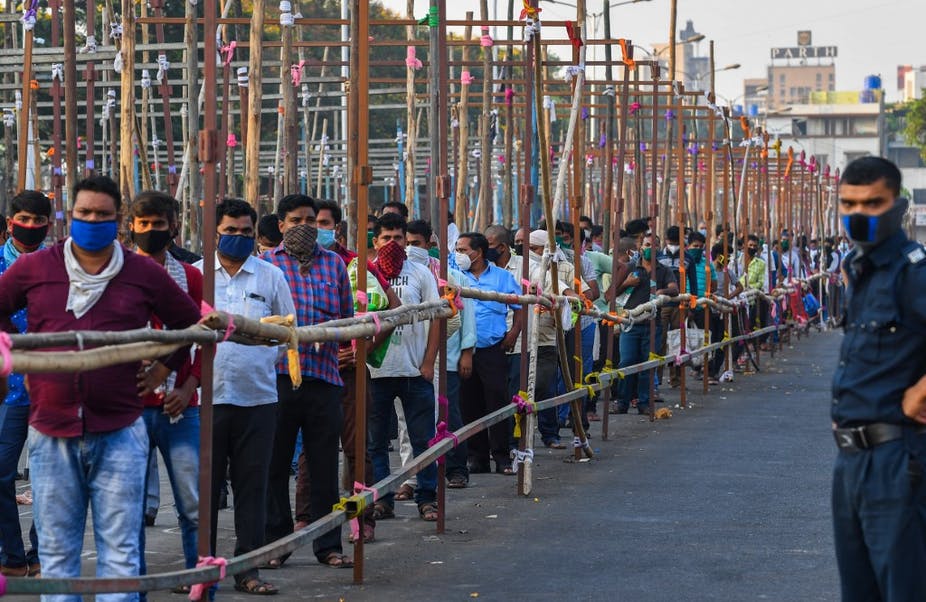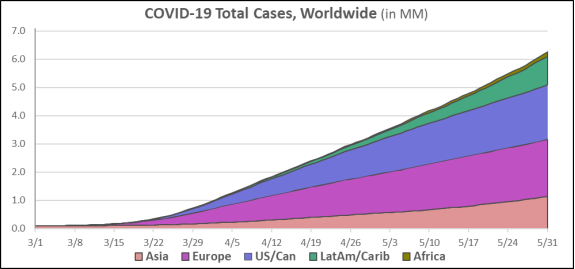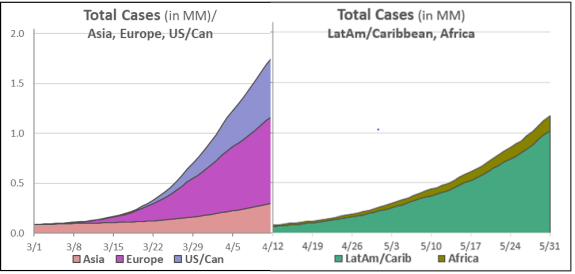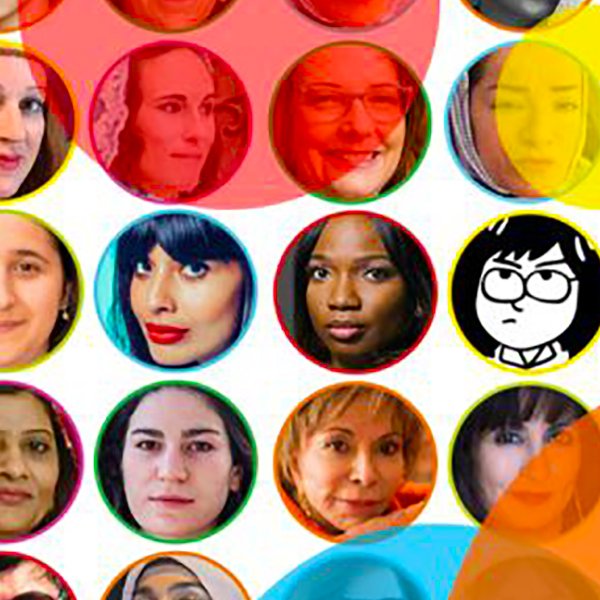
Sometimes numbers are so large that their magnitude makes us lose sight of the underlying trends. As we’ll see here, that’s certainly true for the COVID-19 pandemic. The sheer magnitude of the number of new cases is hiding an alarming trend in the developing world.
By Randall Bolten, author and finance executive.
The graph below charts the worldwide path of the pandemic for all of March, April, and May. The number of total cases has grown from 40,000 on March 1 to almost 6.3 million on May 31! We graph the five most populous regions – the numbers for Oceania (principally Australia and New Zealand) are too small to be noticeable here. Rather than dividing the western hemisphere into North and South America, we’ve split it into the U.S. and Canada in one region, and Central America and the Caribbean combined with South America in a Latin America/Caribbean region. The five regions are stacked roughly in the order the pandemic took hold in each one.

The dramatic growth is clear – and this is only over 92 days – but the sheer scale of the total numbers makes area-specific trends hard to spot. The later days of the graph don’t show the same upward bend in the curve that’s evident in the earlier days. You have to look closely, but you can see that the rate of new cases in Europe and U.S./Canada is leveling off. It’s even declining in many of those countries, although the U.S., the U.K., Sweden, and Russia are to some extent exceptions to that declining trend. Offsetting this leveling off is a dramatic increase in new cases in South America, Africa, and parts of Asia that have gotten less focus up to now – areas such as the Arabian Peninsula and the Indian subcontinent.
In revised graphs, we’ll divide the time horizon in two, splitting it at the rough midpoint of April 12. For the first half, we’ll graph only Asia, Europe, and U.S./Canada, and only the Latin America/Caribbean region and Africa for the second half. We now have a narrower axis scale, so it’s be easier to see trends. Here are the two graphs, shoved together:

Does a pattern seem to be repeating itself? It’s now easy to see curves bending steadily upward in both graphs. While the Latin America/Caribbean region has had “only” about 1.0 million COVID-19 cases through May 31, compared to the somewhat higher number for Europe plus U.S/Canada at April 12, remember that the Latin America/Caribbean region’s population is about 653 million, versus more than 1.1 billion in Europe, U.S., and Canada combined. Moreover, the pandemic is spreading rapidly throughout the entire region. While Brazil has been getting most of the press – partly because of the antics of its president – Peru, Chile, Mexico, and Ecuador have also been hit terribly hard.
An even greater concern is this: How will the countries of the developing world control the spread of the pandemic? The wealthy west has more extensive and effective health care systems, living conditions for most that are less likely to facilitate the spread of a disease, more financial resources to help cushion the impact of shutting down large segments of the economy, and better communications and trust between national institutions and the citizenry to motivate useful group behavior. Because of these differences, I fear that in the developing world we won’t see the leveling off that is finally occurring in the wealthy west.
Africa has so far been just a tiny blip on the radar screen, but it’s a virtual certainty that we will hear more from a continent with 1.338 billion potential COVID-19 victims. Around April 12, Africa was averaging about 800 new cases per day, but that figure has now risen to over 5,000 new cases per day. Imagine what Africa’s curve will look like 90 days from now. One silver lining – if there is one – is that COVID-19 seems to hit older people much harder, and Africa is a young continent. The median age in Africa is about 20, compared to 42 in Europe and 39 in U.S./Canada, so Africa’s COVID-19 death rate may not be nearly as high.
The numbers we’re talking about are too large and too consistent to ignore. The wealthy west will need to devote resources to helping control the pandemic in the developing world. That’s essential not just for humanitarian reasons, but for practical ones, since no nation can completely close its borders to a pandemic like this.

Founder Dinis Guarda
IntelligentHQ Your New Business Network.
IntelligentHQ is a Business network and an expert source for finance, capital markets and intelligence for thousands of global business professionals, startups, and companies.
We exist at the point of intersection between technology, social media, finance and innovation.
IntelligentHQ leverages innovation and scale of social digital technology, analytics, news, and distribution to create an unparalleled, full digital medium and social business networks spectrum.
IntelligentHQ is working hard, to become a trusted, and indispensable source of business news and analytics, within financial services and its associated supply chains and ecosystems




























